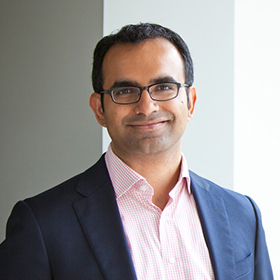For years, nonprofits have campaigned for funders to end their widespread practice of providing full financial support for programs and services, but scrimping on overhead costs. This practice gives rise to the vexing "starvation cycle" that constrains nonprofits' abilities to invest in essential organizational infrastructure and creates tensions, and even dishonesty, between grantmakers and grantees.
Recently, a handful of major funders and key intermediaries have joined nonprofits in declaring that it's time to develop a new approach to grantmaking. The model they collectively support centers on an idea that we call "pay-what-it-takes" philanthropy—a flexible approach grounded in real costs that would replace the rigid 15 percent cap on overhead reimbursement followed by most major foundations.
To gain a better understanding of what nonprofits actually spend on indirect costs—those not attributed to a specific program or service—The Bridgespan Group recently examined the financial records of 20 well-known, high-performing nonprofits. We discovered that their indirect costs comprised between 21 percent and 89 percent of total costs. The median rate for all 20 nonprofits was 40 percent, nearly three times the 15 percent overhead rate that most foundations provide.
Digging deeper, we found that different types of nonprofit organizations have different cost structures. Nonprofit research labs, for example, have a median indirect cost rate of 63 percent, nearly two and a half times the 25 percent median rate of direct service organizations in our survey.
This variance in indirect cost rates mirrors the industry segmentation long recognized in the for-profit sector. Among companies in the S&P 500, for example, consumer staple companies have a median indirect cost rate of 34 percent, while information technology companies reach 78 percent. Unfortunately, an equivalent taxonomy of industry segments does not yet exist in the nonprofit sector.
Even without a taxonomy, it's clear that philanthropy's prevailing 15 percent indirect cost reimbursement policy does not take into account the wide variation in costs from segment to segment. Doing so would have far-reaching effects on philanthropy and grantees. If nonprofits committed to understanding their true cost of operations and funders shifted to paying grantees what it takes to get the job done, the starvation cycle would end.




